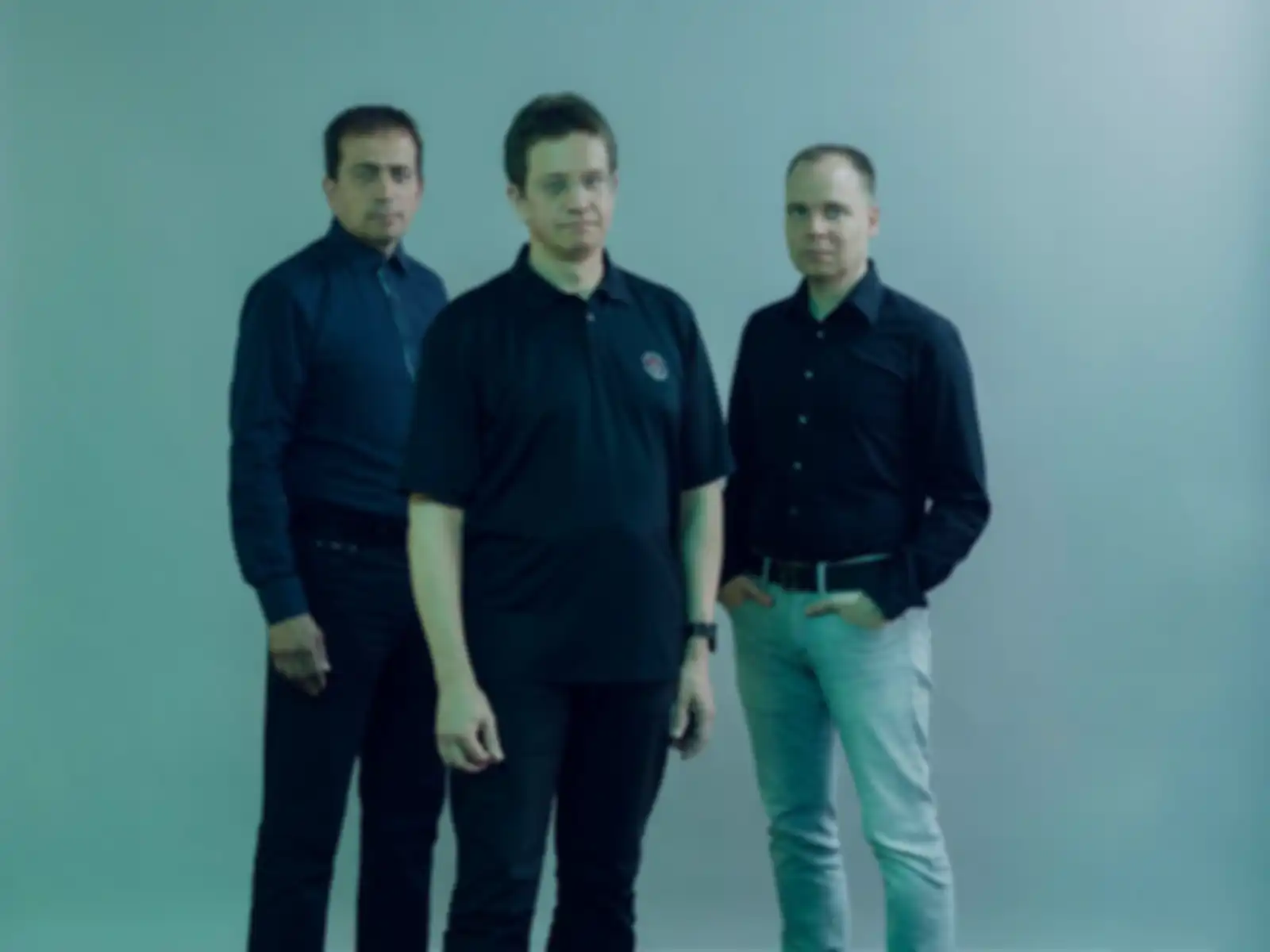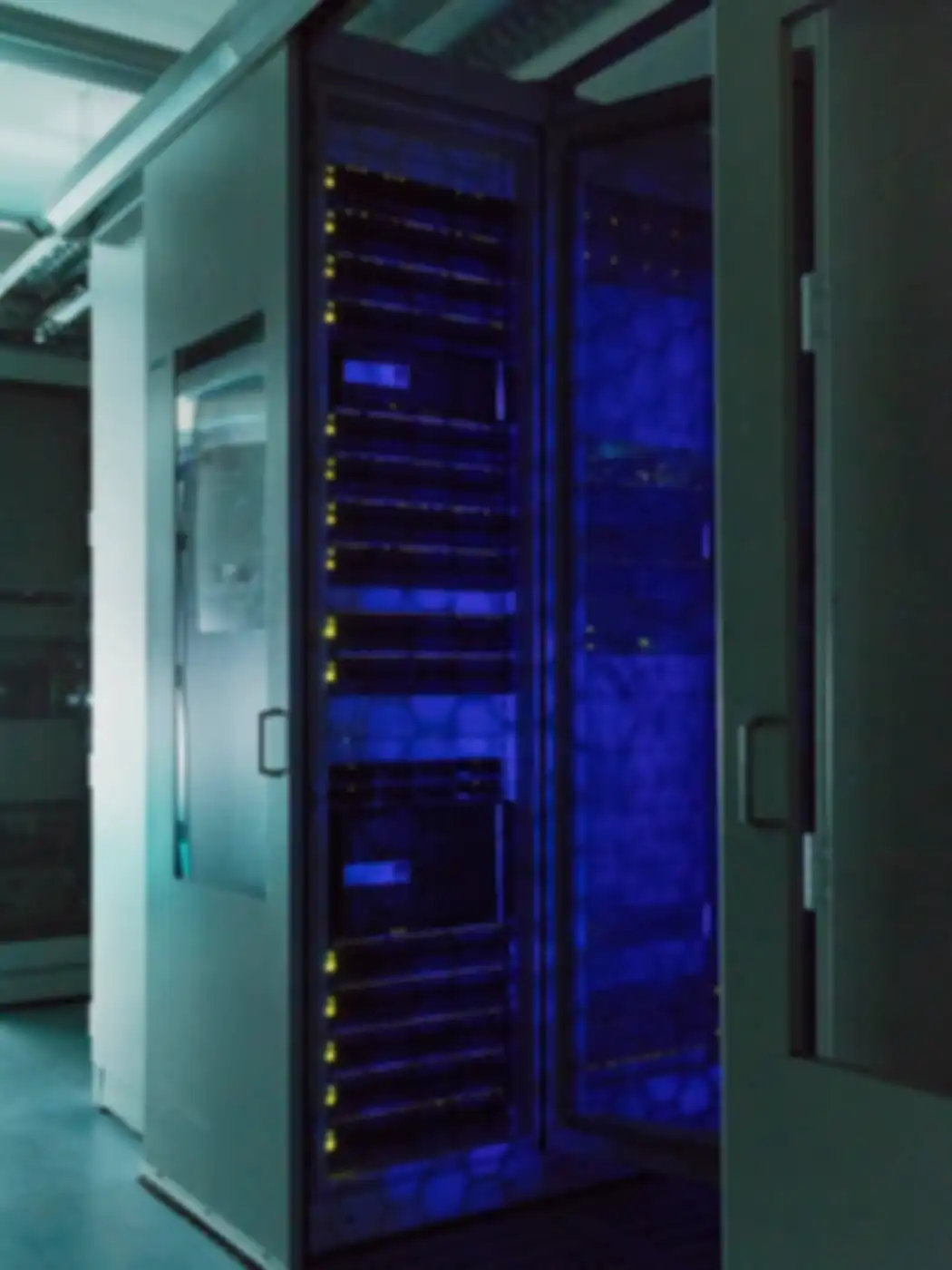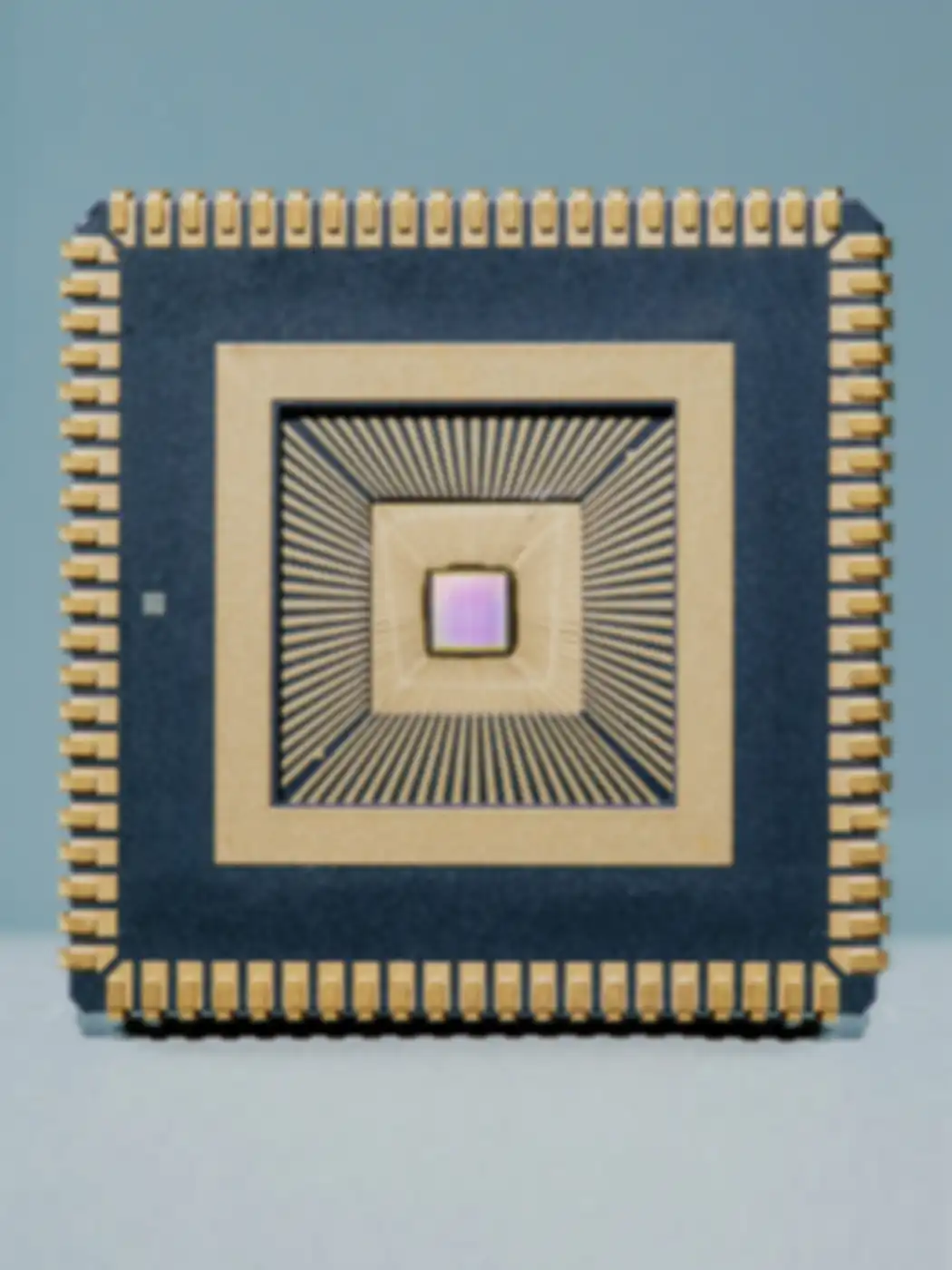A macrosolution to the problem of microplastics
The innovator: Roland Damann, inventor and world traveler for water quality
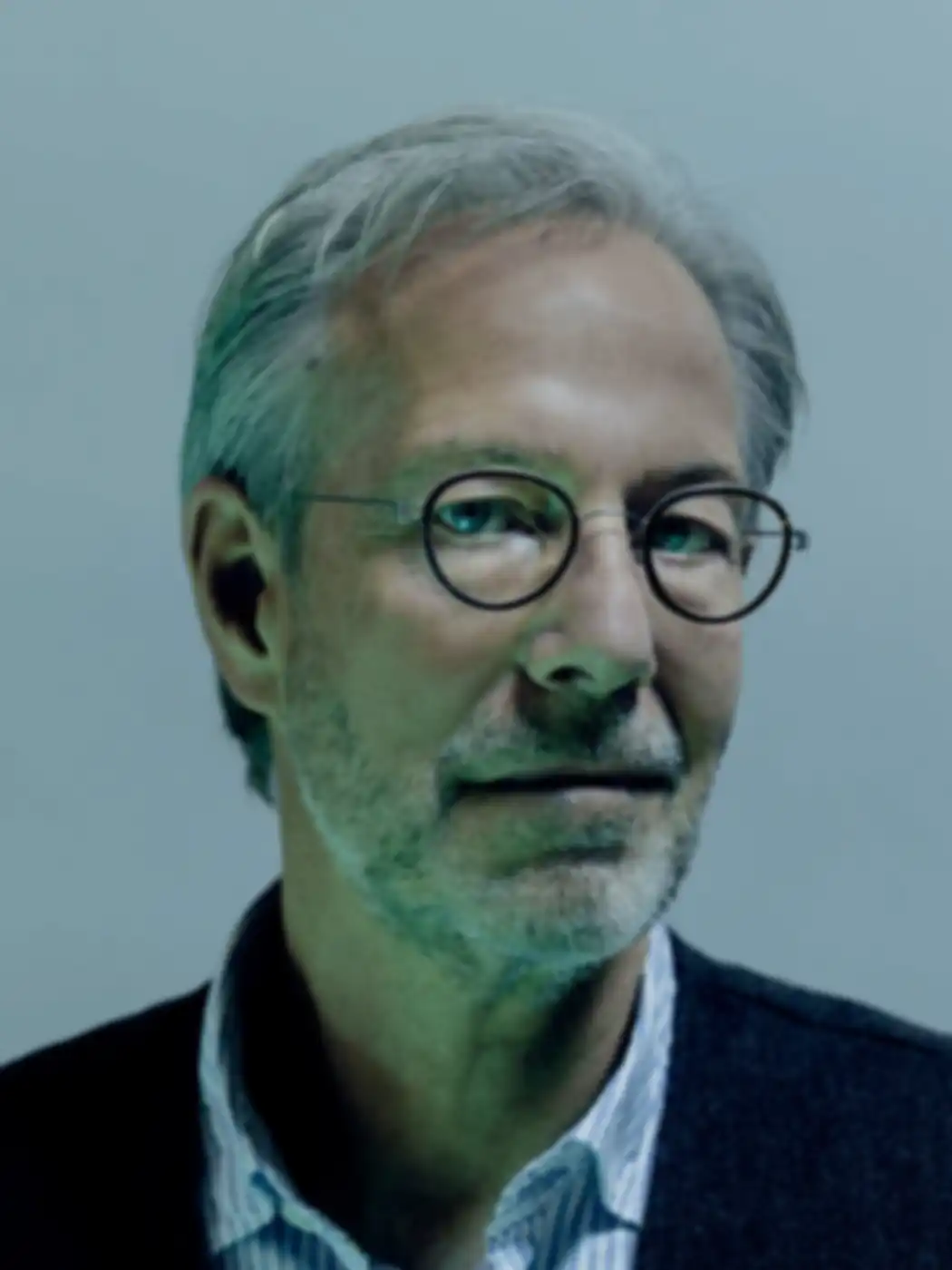
If you ask Roland Damann what brought him to SPRIND, he is delighted to respond: I was listening to the podcast ‘Startup-DNA’ when Rafael Laguna talked about SPRIND with the entrepreneur Frank Thelen. I thought it was good, new, and pretty inspiring. So I immediately contacted them with my project. I was stunned, they responded the next day.
But let us start at the beginning and take a look at Damann's restless life as a passionate engineer, inventor, entrepreneur and world traveler for water quality. In the 1980s, he developed an oxygen input system that revolutionized aquaculture and fish farming worldwide. In the 1990s, his engineering company became world renowned in ‘flotation’, a wastewater treatment process known since the Middle Ages. The underlying mechanism is simple: Hydrophobic particles attach to gas bubbles and float to the surface. This has not changed, but Damann transformed it into a highly energy efficient and perfectly controllable microflotation process with over 350 installations in more than 50 countries.
For his tireless efforts in making microflotation the standard for wastewater treatment, Damann was awarded – among other things – the Innovation Prize of North Rhine-Westphalia. He does not rest on his laurels, but considers this honor an incentive and obligation. In the small city of Paderborn, Roland Damann thinks big: We have to make microflotation even smarter.
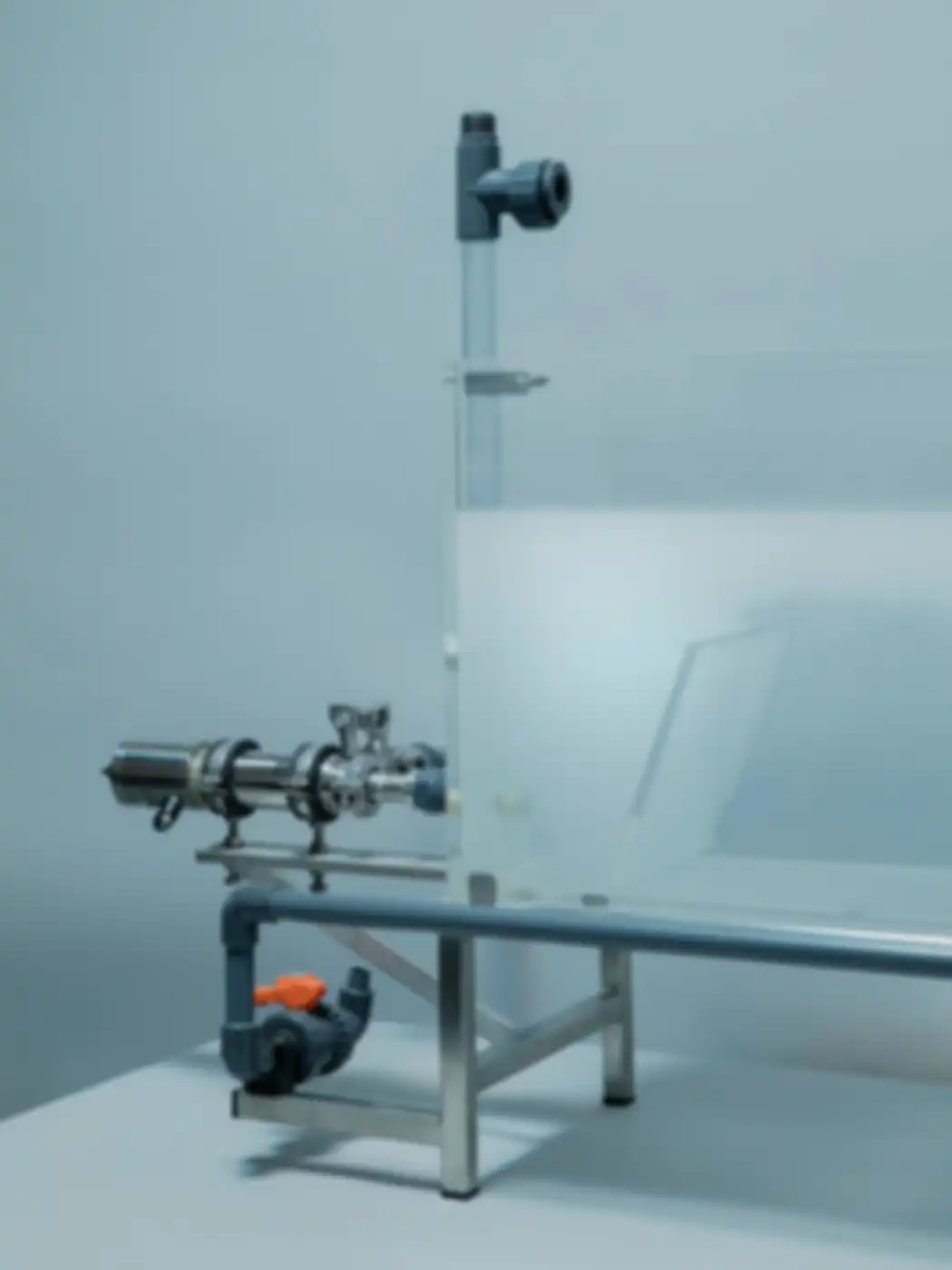
There’s a big, new idea that drives Roland Damann: introducing microflotation directly into bodies of water.
THE INNOVATION: MICROBUBBLES AGAINST MICROPLASTICS
Microflotation systems do work well, but only by putting them next to the water.
You have to pump the water out of lakes or oceans to clean it. Great for manageable amounts of water, from industrial plants, but unrealistic for large bodies of water with giant pollution problems. Until now.
The big, new idea that drives Roland Damann: Injecting microscopic air bubbles directly and autonomously into bodies of water. To do this, a minimal amount of energy Is expended to generate microbubbles with a diameter of 10 to 50 micrometers – about one-third of a hair. The bubbles form a mist-like cloud with an extremely high density of about two million bubbles per liter. They rise very slowly, attract even the finest microplastic particles like a magnet, and transport them to the surface. From there, we can remove everything – and we get something that is almost 100 percent suspended matter – what is left behind is water that is free of microplastics. No chemicals, no maintenance, and an extremely low energy consumption. Our patented process specifically targets the finest impurities in the water, such as tire abrasion and extremely fine plastic particles,
Damann explained.
In addition to technology, a further focus is on identifying and analyzing microplastics and micropollutants in water as a way to better understand how they enter the aquatic ecosystem and what effects they have. To this end, the laboratory team is developing new microplastic analysis technologies and exploring new approaches to reducing microplastic pollution. In addition, the team is supporting its partner ZAITRUS in a joint research collaboration to develop a patented rapid measurement method for microplastic detection. This method makes it possible to detect microplastic particles in real time and in an integrated process. Using electrical impedance spectroscopy and specialized AI, the particles are identified and characterized as they flow through.
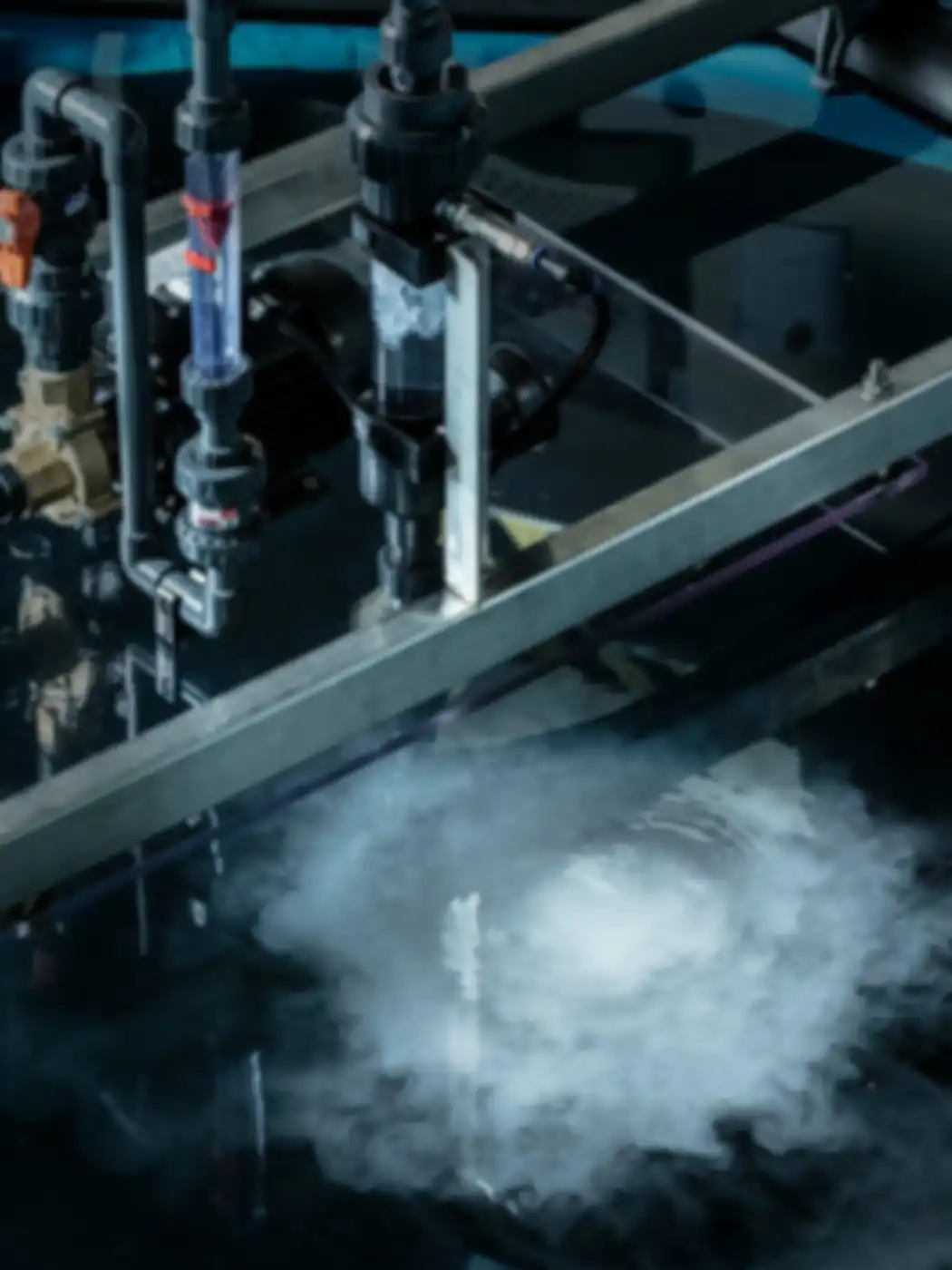
To help achieving a breakthrough, MicroBubbles GmbH was founded in April 2021 with the support of SPRIND. And a lot has happened since. Not only is the industrial plant prototype scheduled to launch in fall of 2024, the team has also grown to over 40 employees who apply their diverse expertise from fields such as plant engineering, meteorology, oceanography, mechanical engineering, and plastics and process engineering. Their Inventors' Labspace in Bad Lippspringe near Paderborn provides the ideal setting: a 400-square-meter laboratory area including an experimental workshop. Now we can conduct our experiments across scales, be creative, test and work on practical implementations,
Damann is enthusiastic.
Roland Damann and his team are currently working intensively on a prototype to carry out hydraulic studies. In order to test the technology under real-life conditions, the test is being carried out in a rainwater basin, which currently represents the focused area of application.
00:00
For the first time, I can do something that I am really convinced of and where commercial success is not the driver, but the success of the idea itself.
While rooted in the original idea, MicroBubbles GmbH also wants to venture into new territory and establish an entirely new ecosystem for water treatment: Simply providing the technology is not enough. That is why we are going to find ways and tools to identify the microplastic hotspots, so we can put microflotation to work there.
For Damann and his team establishing a whole new ecosystem also means bringing about change as early as possible: We need to create more awareness about plastic consumption and help to reduce it.
They envision a huge knowledge database around plastics and microplastics. Big goals for small bubbles.
More about MicroBubbles: microbubbles.org
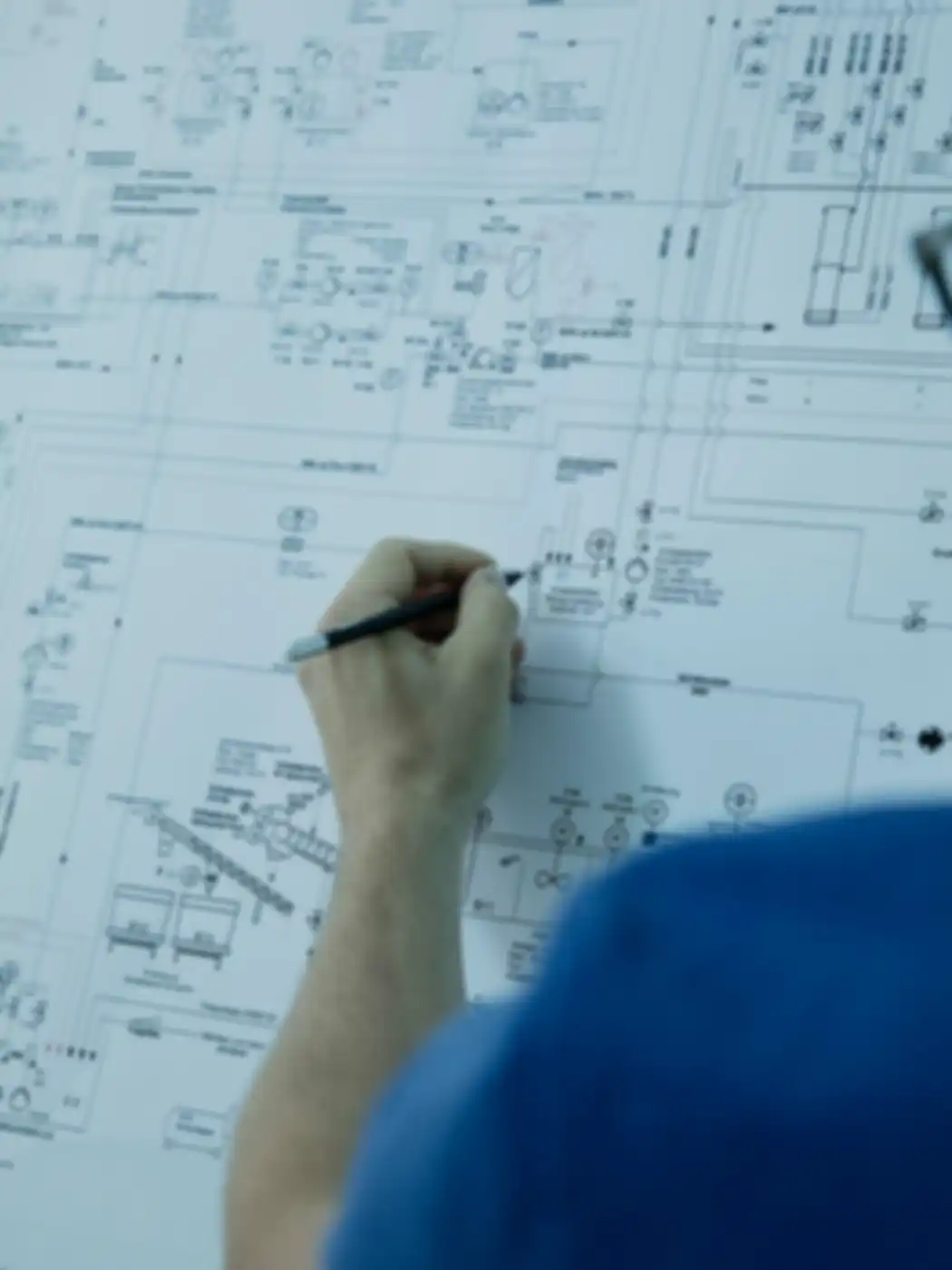

WHY WE ARE COMMITTED
Because microplastics are a serious global problem - with negative impacts on our ecosystem that can hardly be assessed at present.
Because we are pioneers and want to develop solutions even before legal regulations force us to do so.
Because the passion and energy of the innovator convinced us from the very first second.
WHAT WE DO We founded a limited liability company from the idea. We provide the framework so that the innovator and his team can concentrate 100 percent on their work. We promote the topic at trade fairs and congresses and provide support in becoming publicly visible.
THE POTENTIAL WE SEE The development of a revolutionary technology for water and wastewater treatment - low-cost, low-energy, autonomous. With which we can make a sustainable contribution to environmental protection and the proactive improvement of all waters. The big goal: clean water, free of microplastics and micropollutants.
THINKING AHEAD The technology offers far-reaching potential for innovation, even beyond the microplastics issue. What is possible and how do small bubbles help us solve the challenges of our time? That is what we want to know.
